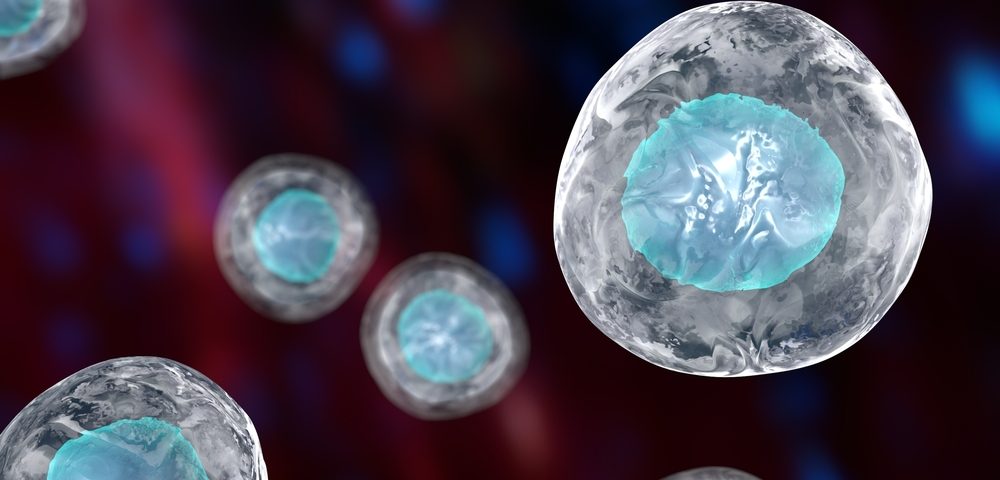Researchers are reporting for a first time that cancer stem cells are involved in a slow-growing but incurable form of brain cancer known as oligodendroglioma.
The study, “Single-cell RNA-seq supports a developmental hierarchy in human oligodendroglioma,” published in Nature, may lead to new therapies, including immunotherapies, that target this cell population, with the potential to markedly improve patient outcomes.
“Our work strongly supports that cancer stem cells are the main source of growth in these tumors and, as such, should be considered promising targets for treatment,” Mario Suvà, MD, with the Department of Pathology at Massachusetts General Hospital and a study co-senior author, said in a press release.
In recent years, cancer stem cells have emerged as major players in tumor progression and treatment resistance in a variety of cancers. Similar to normal stem cells in healthy tissues, cancer stem cells are believed to renew themselves and give rise to more differentiated progeny, which is thought to sustain the tumor.
A number of studies supported a role for cancer stem cells in glioblastoma, an aggressive brain cancer. But these studies induced the growth of human tumors in mice, a tumor environment that is thought to be very different from a native tumor site, and one that allowed for a limited genetic characterization of cancer stem cells, leading researchers to question the relevance of their findings in humans.
Researchers studied the mechanisms behind oligodendrogliomas using a single-cell analysis approach, examining 4,347 individual cells from six early stage human tumors.
Based on the genetic profile of individual tumor cells, they found that each tumor had a common architecture composed of three developmental categories of cancer cells. One category included cells that highly resembled neural stem cells, while the other two expressed sets of genes suggesting they were moving toward differentiation.
Importantly, only the cancer stem cells were proliferating, consistent with a role for these cells in fueling tumor growth.
The architecture was not only seen in all tumors, but also in distinct genetic clones in the same tumor, which are subsets of cells that share the same genetic mutations. Based on such findings, the researchers believe that this architecture is primarily determined by non-genetic developmental programs.
“Finding that different subclones within tumors show the same developmental patterns suggests that developmental programs — whether in stem cells or differentiated cancer cells — set the context within which genetic evolution of oligodendroglioma occurs, which is key to supporting the cancer stem cell model,” said Suvà, who is also an assistant professor of Pathology at Harvard Medical School, an investigator with the hospital’s Center for Cancer Research, and an associate member of the Broad Institute.
“Trying to understand as much as we can about genetic versus non-genetic determinants of tumor organization is key to our understanding of tumor propagation and to the design of new therapies,” he added. “Our work suggests that targeting a specific stem cell phenotype, for example with immunotherapies, could be beneficial in patients with oligodendroglioma.”


